Method Development
Optimize your GC-MS method development with training designed for accurate and reproducible analysis. Learn to develop robust methods by selecting the right column, carrier gas, injection techniques, and temperature programming for optimal separation. Understand key ionization techniques (EI, CI), mass analyzers (quadrupole, ToF, ion trap), and acquisition modes (SIM, SCAN, MRM) to enhance sensitivity and specificity. Ideal for professionals in pharmaceuticals, environmental testing, food safety, and forensics. Start learning today to develop precise and effective GC-MS methods for high-quality analytical results!
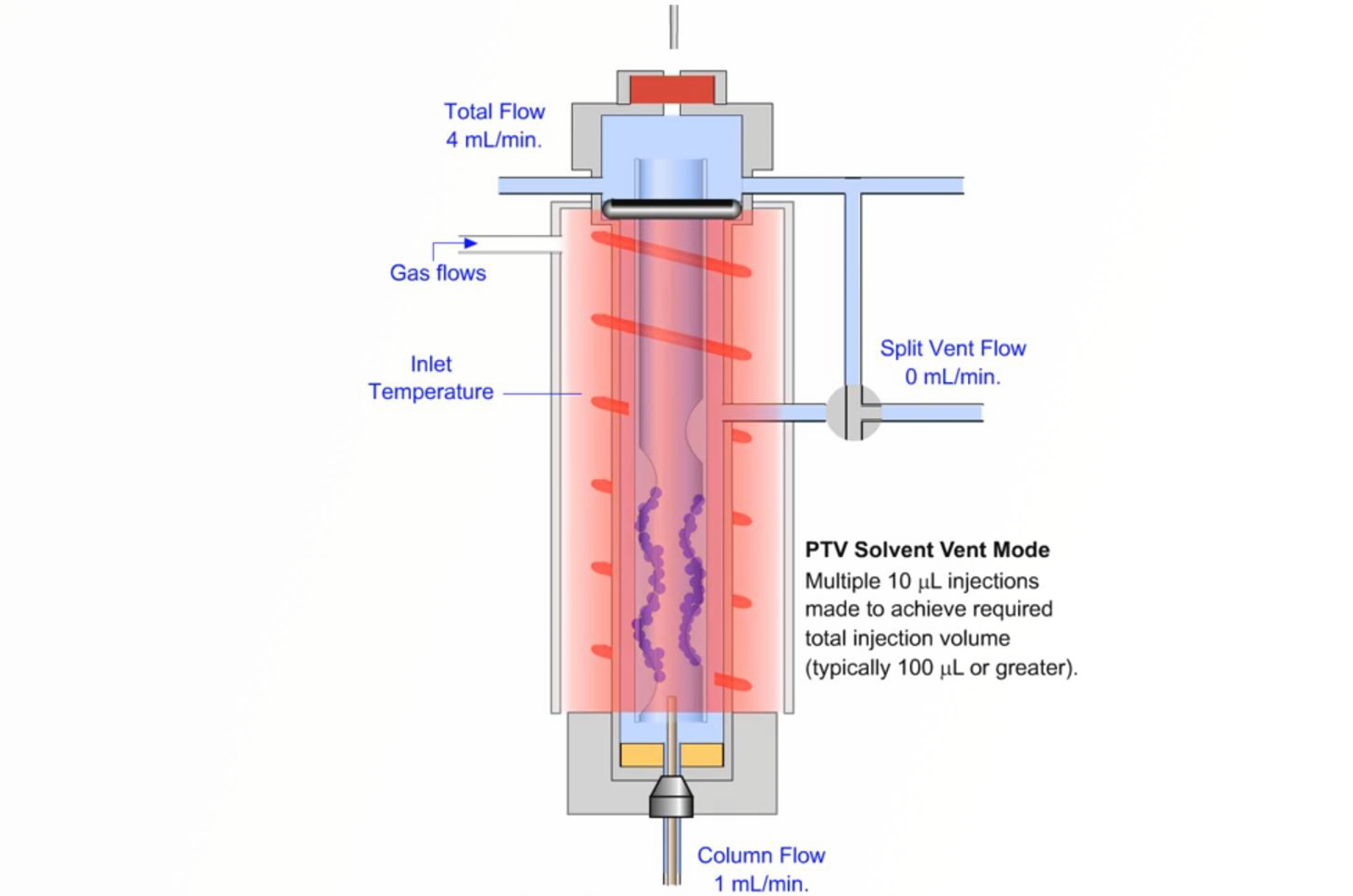
Improving Sensitivity of Environmental GC-MS Analysis
As with many sectors, detection limits for analytes in environmental samples are becoming ever lower. This challenges every step of the analytical process from sampling, to sample preparation, and the use and implementation of instrumentation which can provide the best sensitivity. Every step must be optimized to meet these sensitivity criteria and in this article we will look at some areas of the GC-MS method which can be optimized to provide the optimum sensitivity.
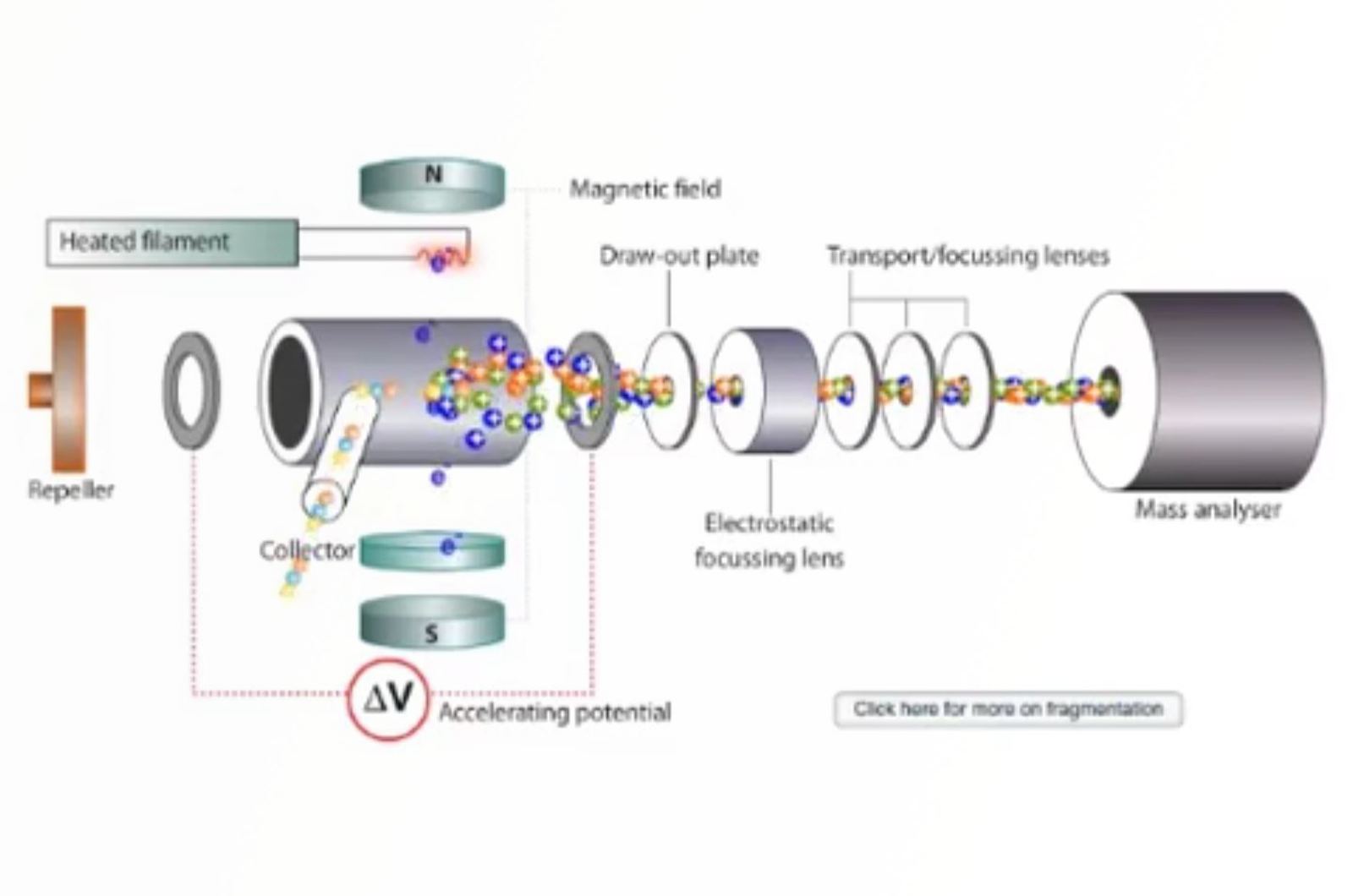
Optimizing GC-MS and GC-MS/MS Analysis for Environmental Applications
This webcast will look at how to decide between GC-MS or GC-MS/MS analysis and once this decision has been made how to optimize the analysis in a variety of practical ways. This will include approaches to increase throughput (fast GC columns) and maximize sensitivity (optimizing of ion source parameters, altering scan speed, or improving the speed and efficiency of collision processes in multiple reaction monitoring).
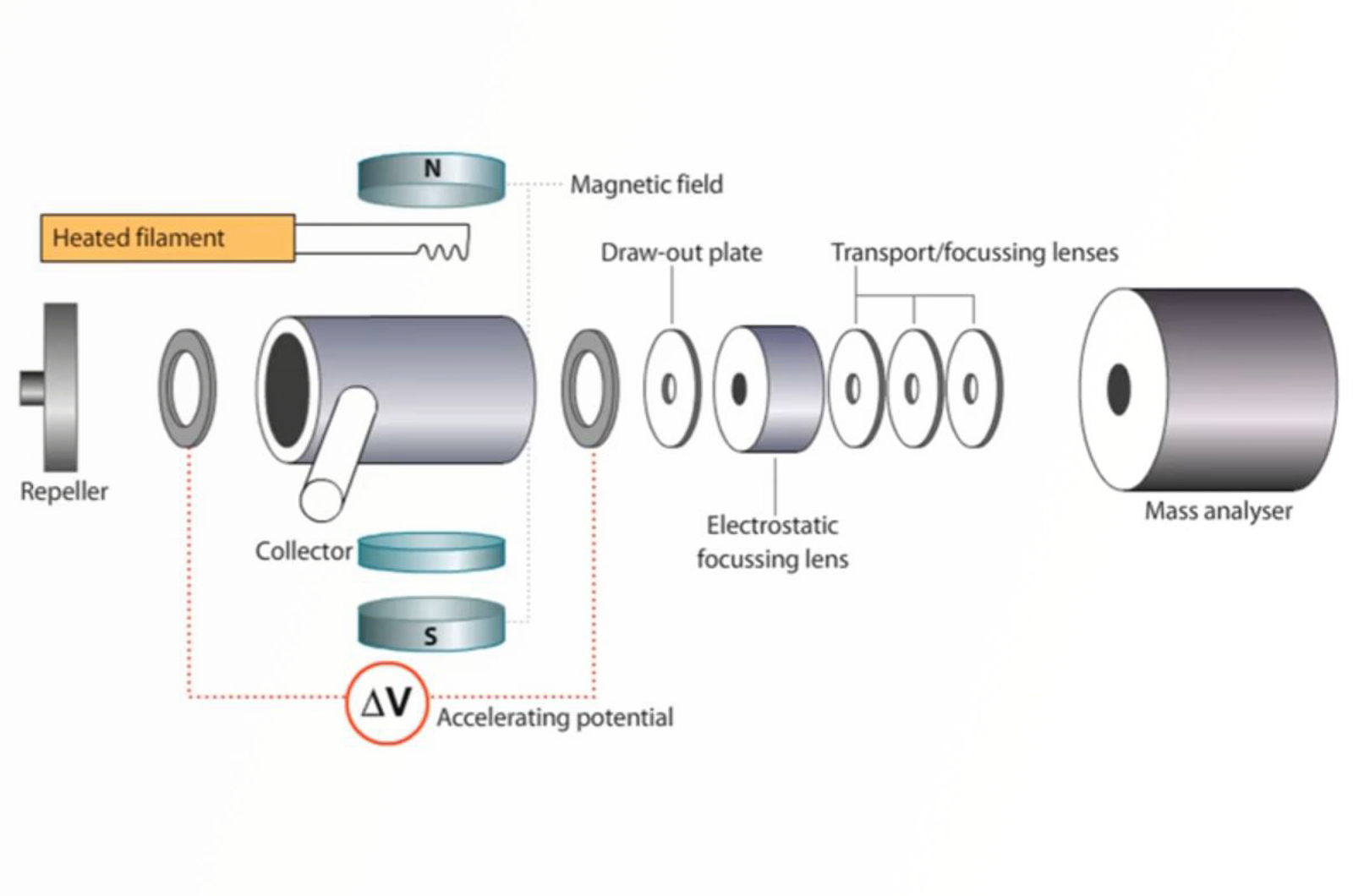
The Secrets of Optimizing GC-MS Methods
The definitive guide to optimizing methods for GC-MS analysis. In this webcast we consider the major instrument and method decisions that allow you to get the very best from your analysis.
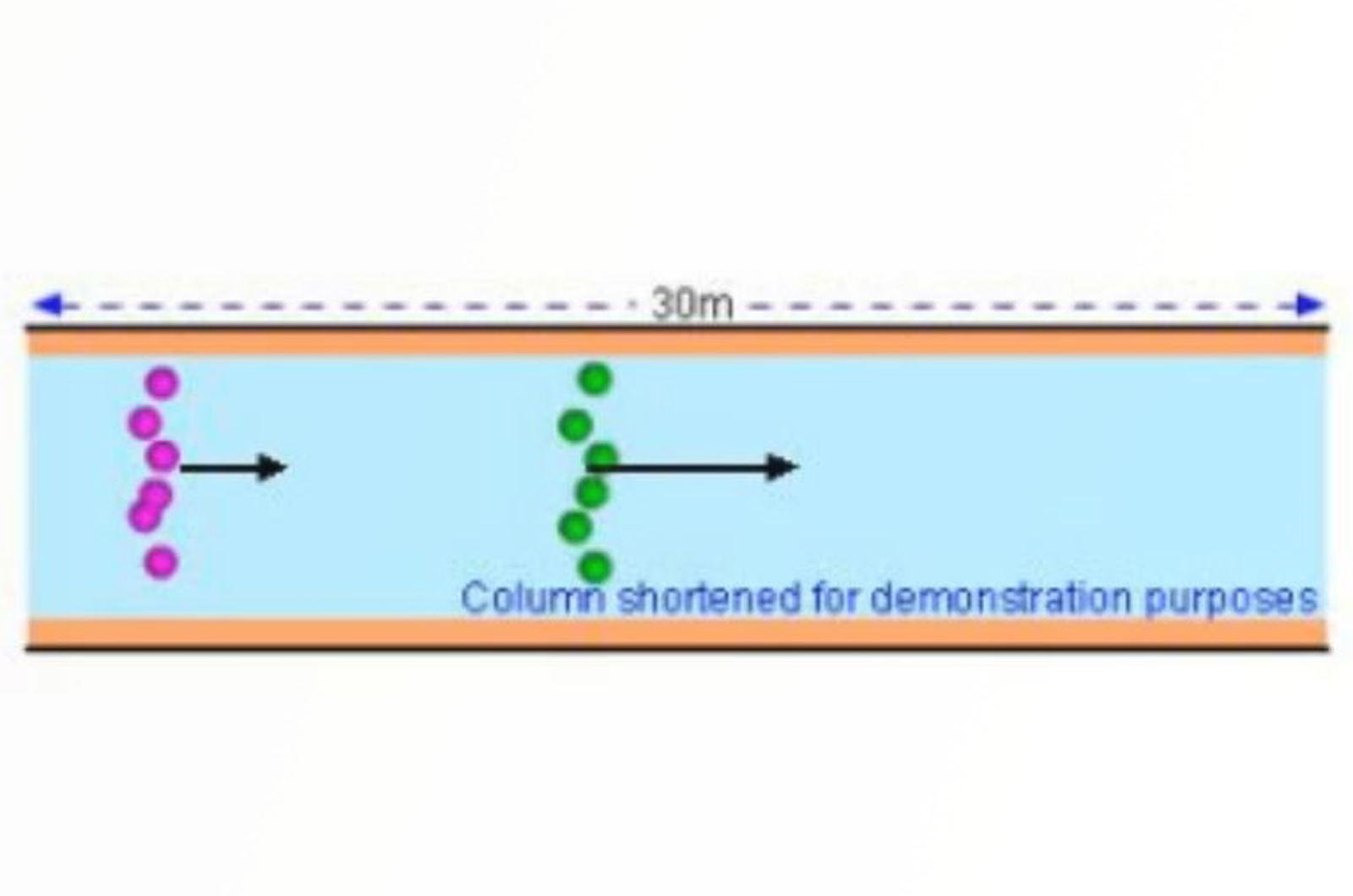
Translating GC and GC-MS Methods
The definitive guide for translating GC and GC-MS methods. We explore the various reasons for translating methods including improved chromatography, faster throughput, adopting modern column geometries, and switching to hydrogen carrier from helium. All aspects of instrument hardware and method variable translation will be detailed and you will leave with a toolkit approach for translating your own methods which will save you time, money, and improve your chromatography!
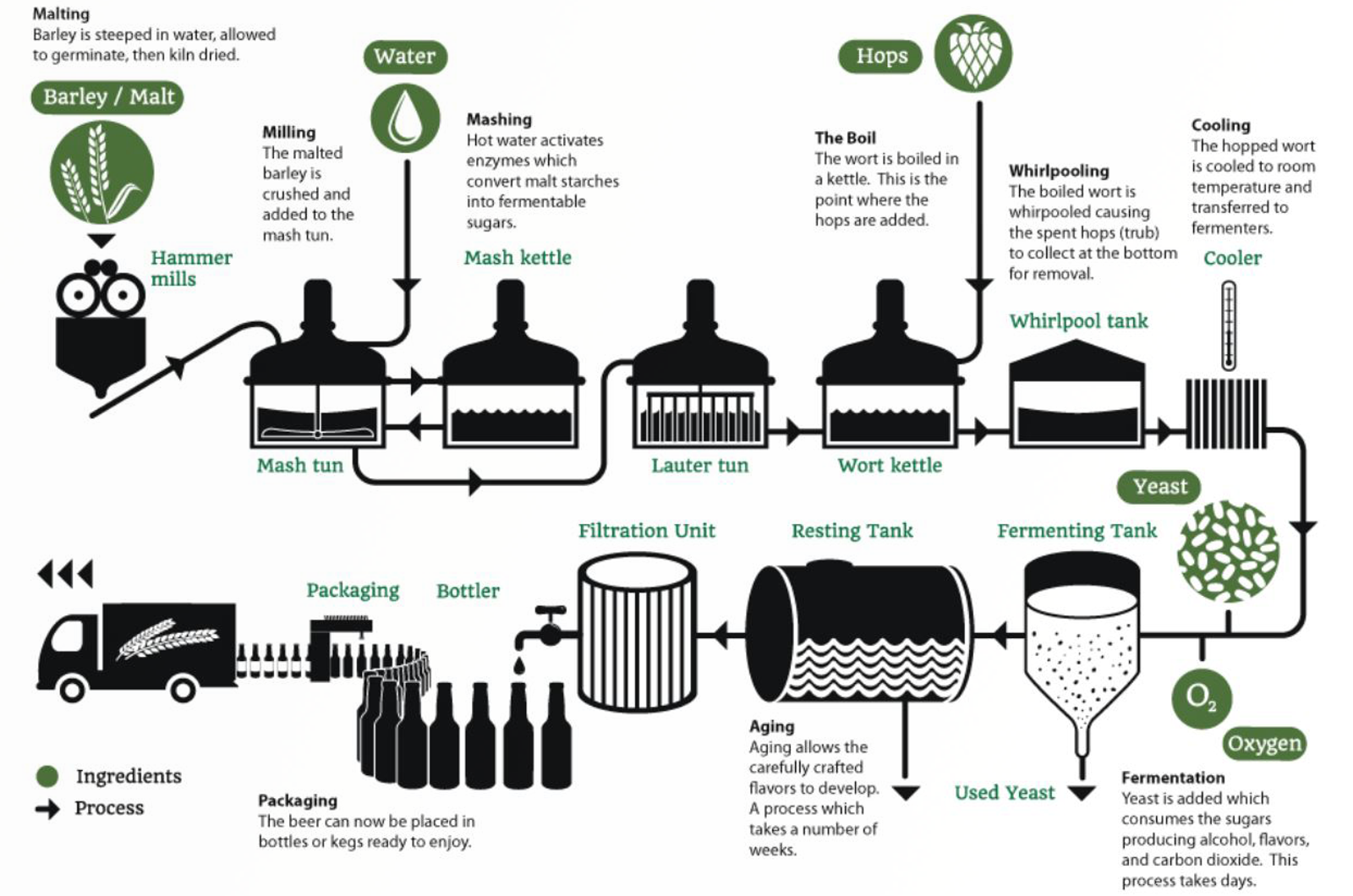
Do You Know What is in Your Beer?
Citrus, grapefruit, toffee, spice, apple, pear, biscuit, caramel… the list of flavors and aromas associated with beer is vast but how are they produced during the brewing process? The hop variety used in the brewing process is responsible for the bitterness, aroma, and flavor characteristics. These compounds can be extracted from hops by steam distillation, liquid-liquid extraction and analyzed using GC-MS.
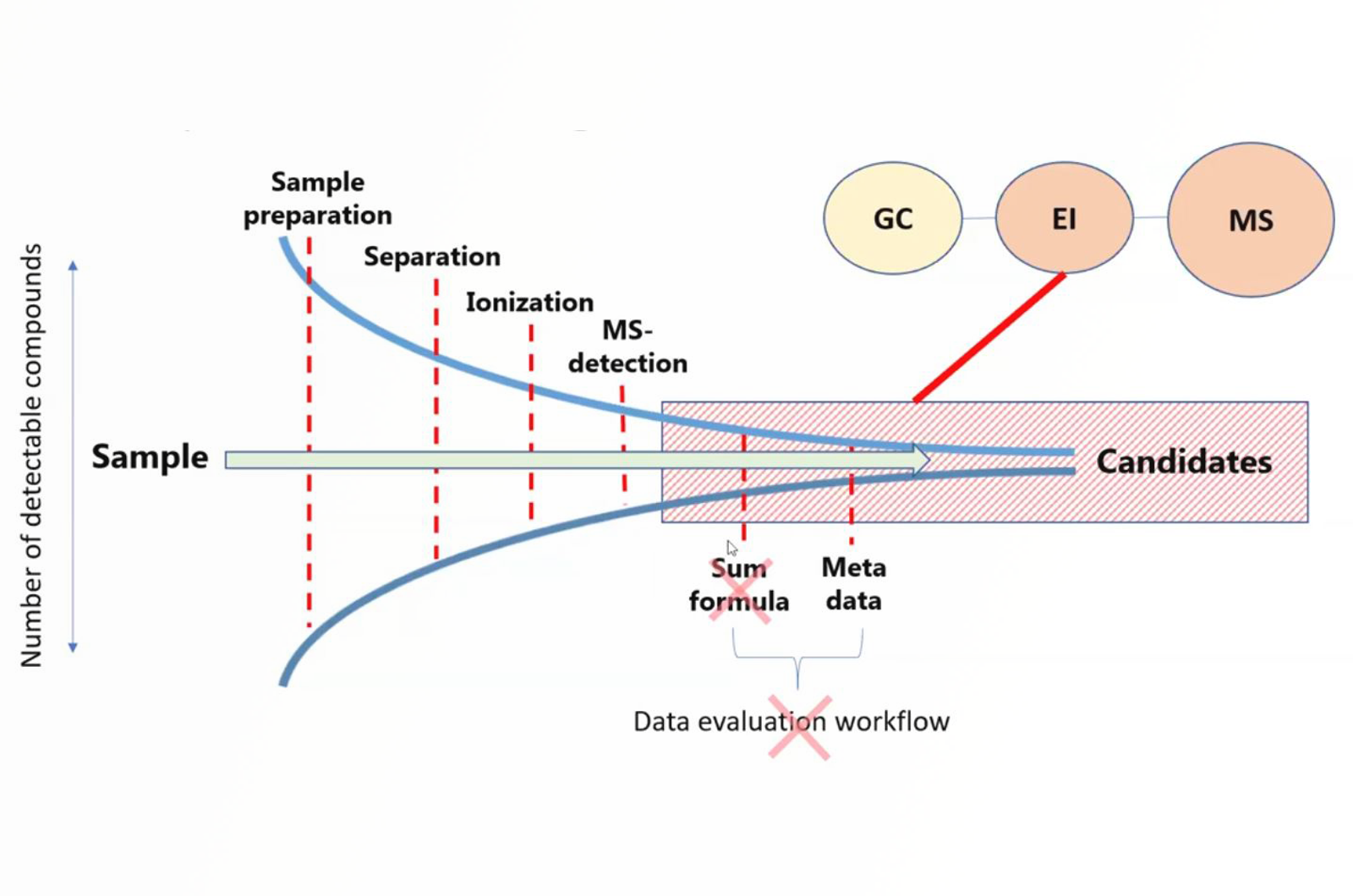
CHROMtalks - Why and How to Develop A Non-targeted GC(MS) Screening Method
The application of gas chromatography (GC) to non-targeted screening (NTS) has a short (but already fine) history. In this talk the topics are focused on analytical instrumentation and data analysis strategies in NTS as well as practical dos and don'ts realizing NTS in the laboratory.
